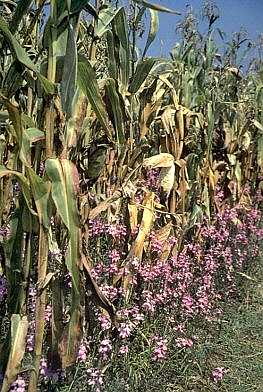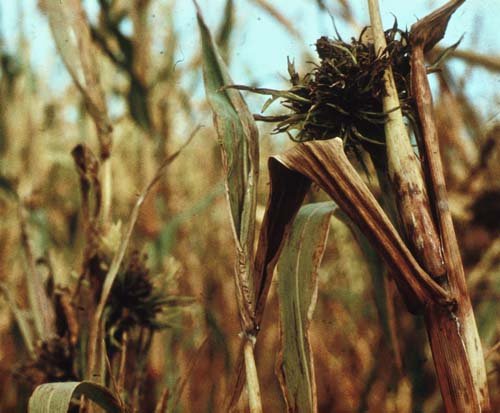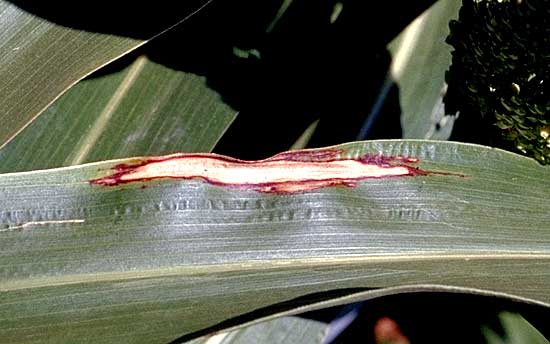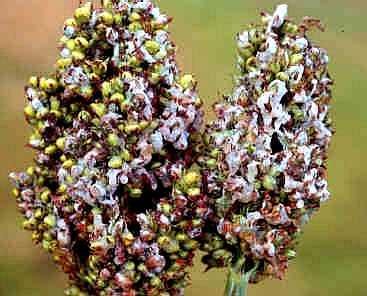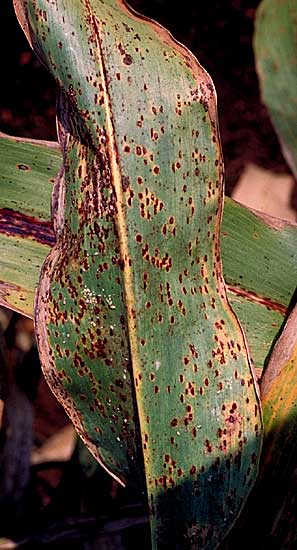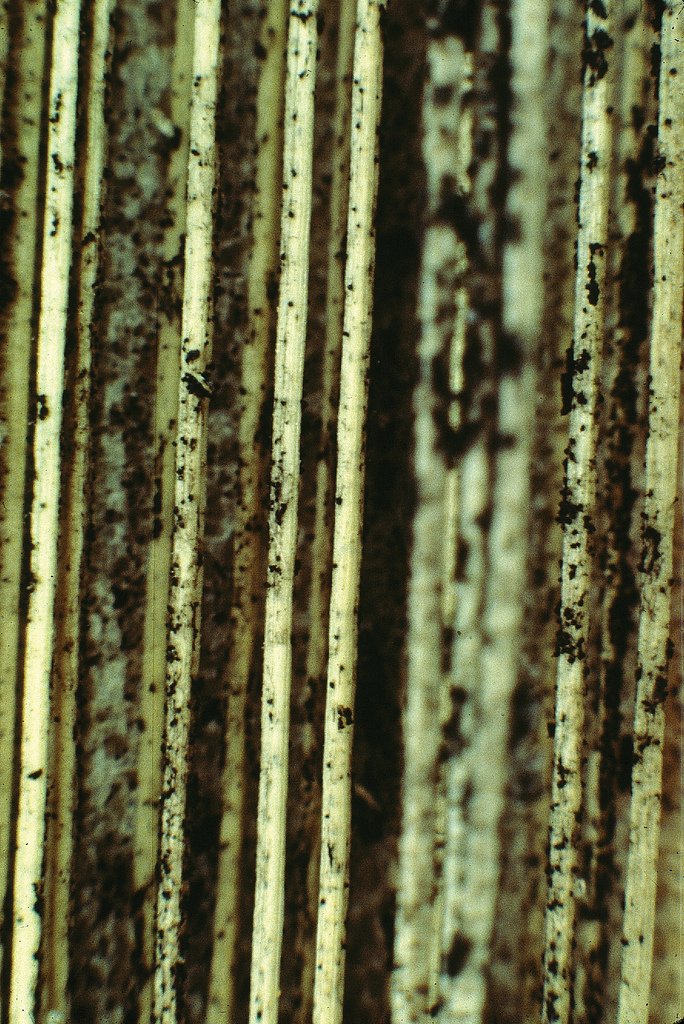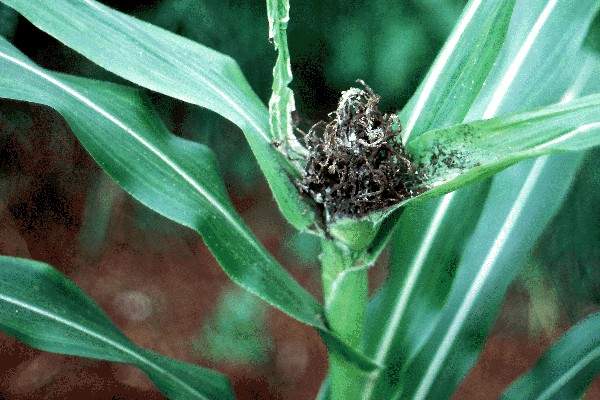Dr.iCow’s Diary
Date: 13.02.2020.
Dear Dr.iCow,
Dawa ya Newcastle inapatikana wapi na inapatiwa chanjo aje?
From: Stephen, County: Machakos, Kenya.
Discussion:
Stephen want to start poultry keeping and is looking for information on the types of vaccines, when they are administered and their availability.
Dear Stephen,
As you prepare to start keeping kienyeji chicken please source the chicks from reliable hatchery or from a known farmer. Successful rearing of healthy, growing and productive chicken from day old chicks to adult birds you will depend on; nutritious feeds, clean fresh drinking water, observance of strict sanitary and hygienic measures in chicken house, clean feeders and drinkers which should be free of algae and moulds, keep a clean environment, and vaccinating your chicken against epidemic diseases.
The following is a basic vaccination program for some epidemic chicken diseases;
i. Gumboro vaccine – @ 10 days and 18 days of age, given in drinking water.
ii. Newcastle Disease -NCD vaccine (may be available combined with Infectious bronchitis -IB vaccine as NCD + IB) – is given @ 21days, 8 weeks, 18 weeks, and every 3 months thereafter. Given in drinking water or through eye drops.
iii. Fowl pox vaccine given -@ 3 weeks and 6 weeks of age, and is given by a wing jab.
iv. Fowl typhoid vaccine, given – @ 8 weeks of age and is given by intramuscular injection.
Please follow the recommended chicken vaccination schedule for control and prevention against these diseases. It is the most successful method for prevention.
The conventional principals of good management and husbandry are of fundamental importance. Vaccination programs vary greatly depending on; the country, disease status, geographical and climatic conditions.
Note: No one program can be recommended for all locations and situations. Vaccination schedule depend on; -maternal immunities, – expected disease exposure, – types of vaccines available, – preferred routes of administration.
It is advisable to consult with the local veterinarian.
